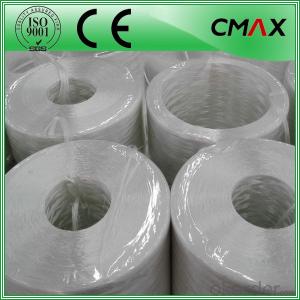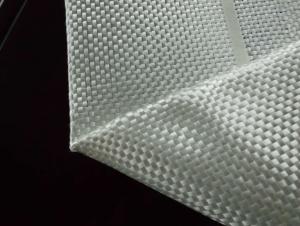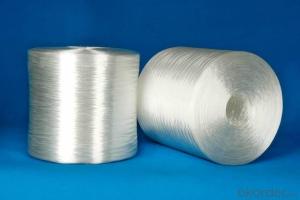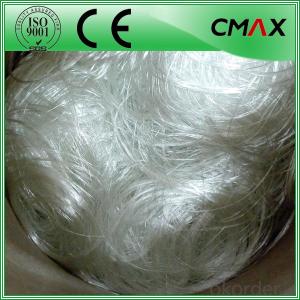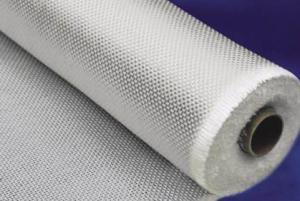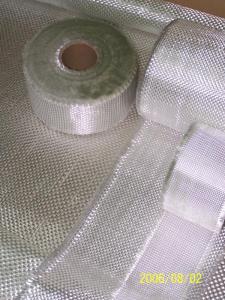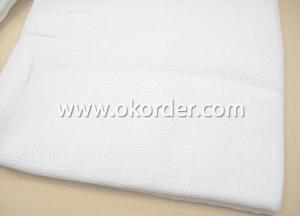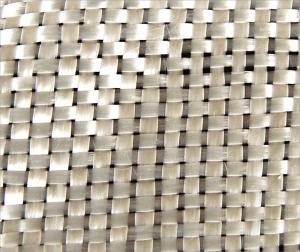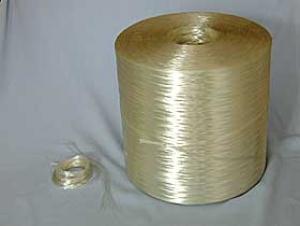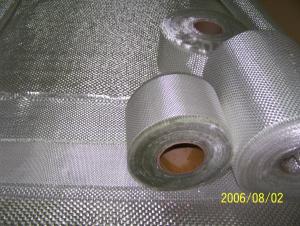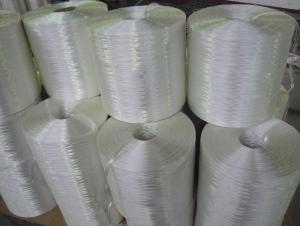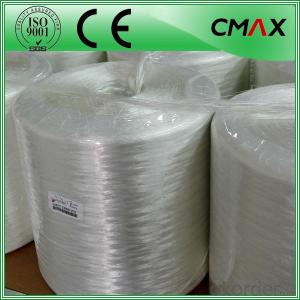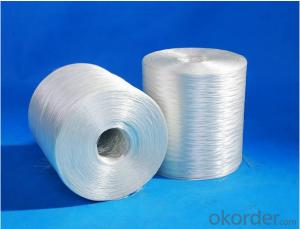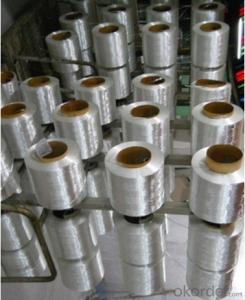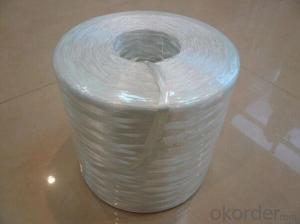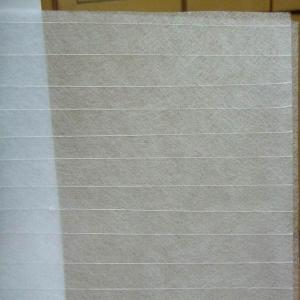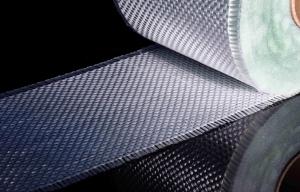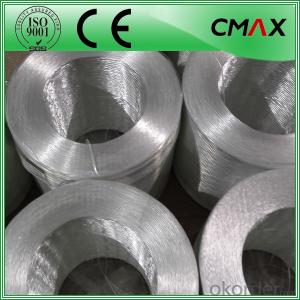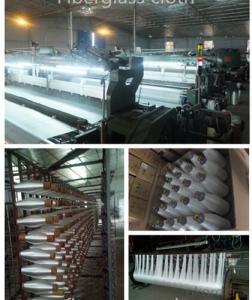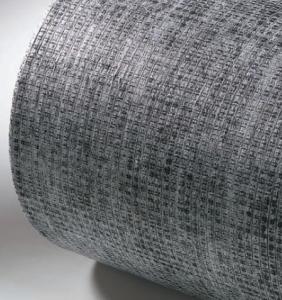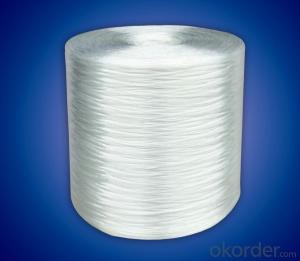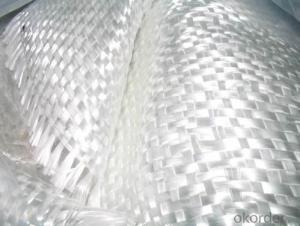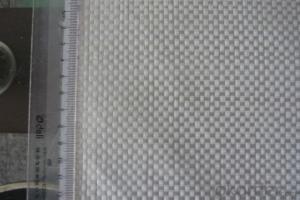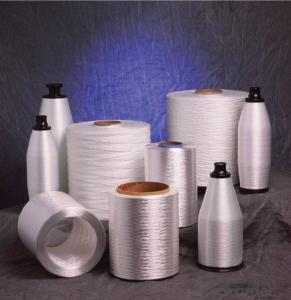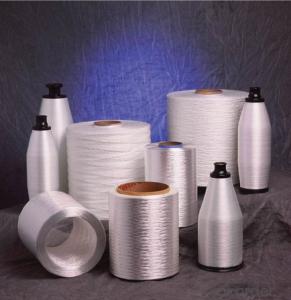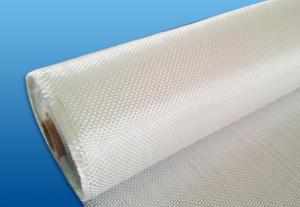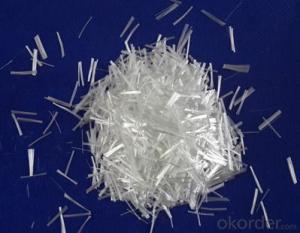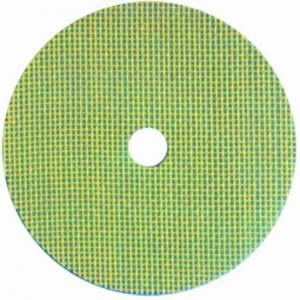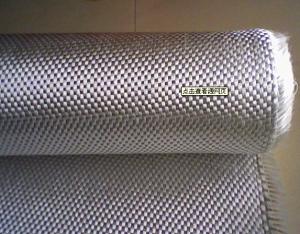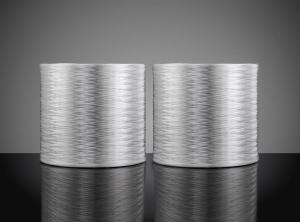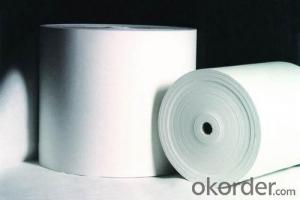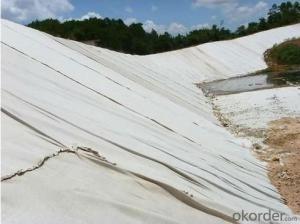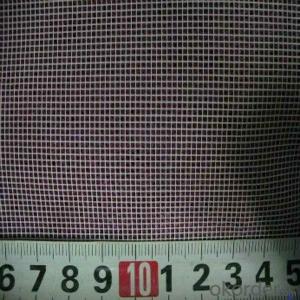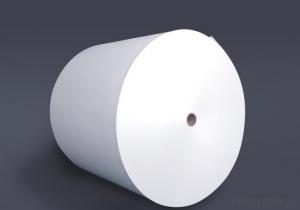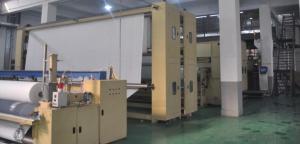Direct Roving Fiberglass
Direct Roving Fiberglass Related Searches
Fiberglass Roving Owens Corning Fiberglass Roving Fiberglass Woven Car Fiberglass Resin Fiberglass Woven Fibreglass Fiberglass Thermal Insulation Fiberglass Distributors Fiberglass Patio Roof High Pressure Fiberglass Pipe Fiberglass Roof Philippines Fiberglass Roofing Tissue Fiberglass Drywall Fiberglass Woven Fabric Fiberglass Fabric Chopped Fiberglass Fiberglass Roll Insulation Fibreglass Pipes Fiberglass Resin Fiberglass Woven Roving Combo Mat Fibreglass Fabric Fibreglass Resin Fiberglass Yarn Fiberglass Properties Electrical Conductivity Of Fiberglass Fiberglass Filament Winding Machine Fiberglass Temperature Resistance S Glass Fiberglass Fiberglass Roll Up Garage Doors Fiberglass Pipe RepairDirect Roving Fiberglass Supplier & Manufacturer from China
Direct Roving Fiberglass is a type of reinforcing material made from glass fibers that are drawn or roved into a wide, continuous strand. This product is known for its high strength and durability, making it a popular choice for various industries. Direct Roving Fiberglass is widely used in applications such as construction, automotive, aerospace, and marine industries, where its lightweight and high-strength properties are highly valued. It is often utilized in the production of composite materials, providing structural reinforcement and enhancing the overall performance of the end product.In various usage scenarios, Direct Roving Fiberglass is employed to improve the mechanical properties of materials, such as tensile strength and impact resistance. It is also used for its excellent resistance to chemicals, making it suitable for applications where the material may be exposed to harsh environments. The versatility of Direct Roving Fiberglass allows it to be woven into fabrics, mats, or used as a chopped strand for various applications, depending on the specific requirements of the project.
Okorder.com is a leading wholesale supplier of Direct Roving Fiberglass, offering a vast inventory of this high-quality product to cater to the needs of various industries. With a commitment to providing top-notch customer service and competitive pricing, Okorder.com ensures that customers receive the best value for their investment in Direct Roving Fiberglass. By partnering with Okorder.com, businesses can access a reliable source of this essential material, ensuring that their projects are completed with the highest quality materials available in the market.
Hot Products
